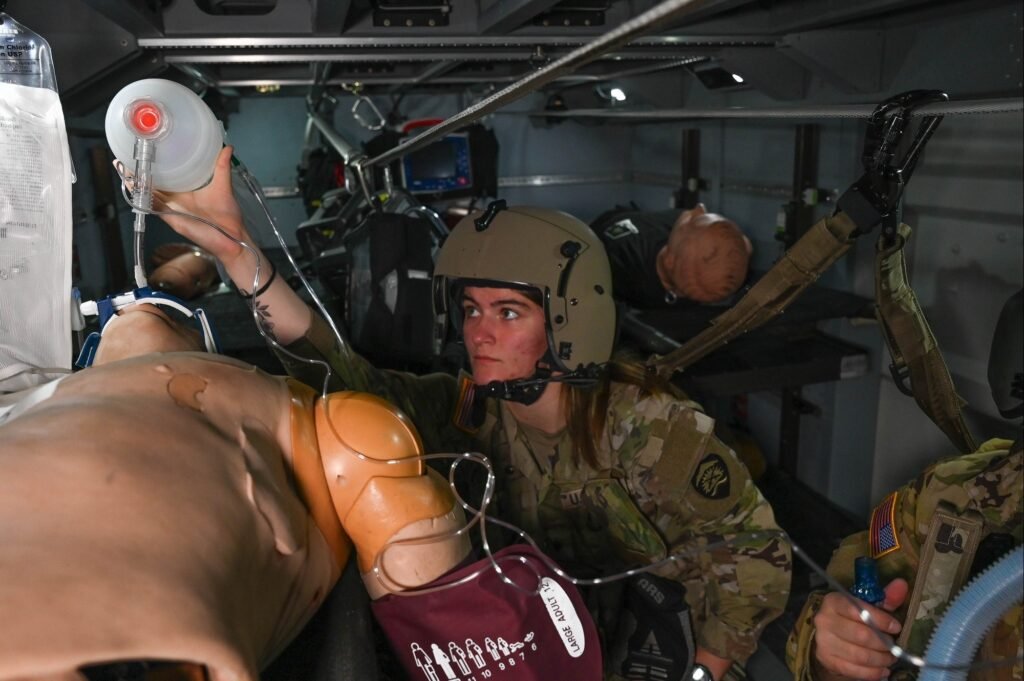Tactical care is evolving—and this time, it’s being shaped by the medics themselves.
The MV-75 is the military’s upcoming MEDEVAC aircraft, positioned to succeed the long-serving UH-60 Black Hawk. But this isn’t a traditional top-down redesign. In Oregon, Army National Guard flight medics are actively testing and refining the prototype cabin through simulated trauma missions. Their insights, drawn from both military service and civilian emergency roles, are influencing key updates that prioritize speed, access, and adaptability during flight.
The redesigned cabin features 30 percent more usable space, modular rail systems for custom equipment layouts, and articulated litter mounts that enhance patient access in tight quarters. These changes aim to make in-flight care faster, safer, and more intuitive—critical factors when every second counts. Rather than medics bending to fit rigid gear, the gear is being built to serve their movements and decisions in crisis.
This collaboration reflects a broader shift in medtech thinking. It’s no longer enough to engineer systems that function on paper. Caregivers are becoming co-creators in the tools they use, pushing design to meet the reality of field medicine. With the MV-75, the future of combat care isn’t just airborne—it’s user-led, field-tested, and grounded in lived experience.

Article from the U.S. Army: Oregon Army National Guard Flight Medics Help Design the Future of MEDEVAC Technology

